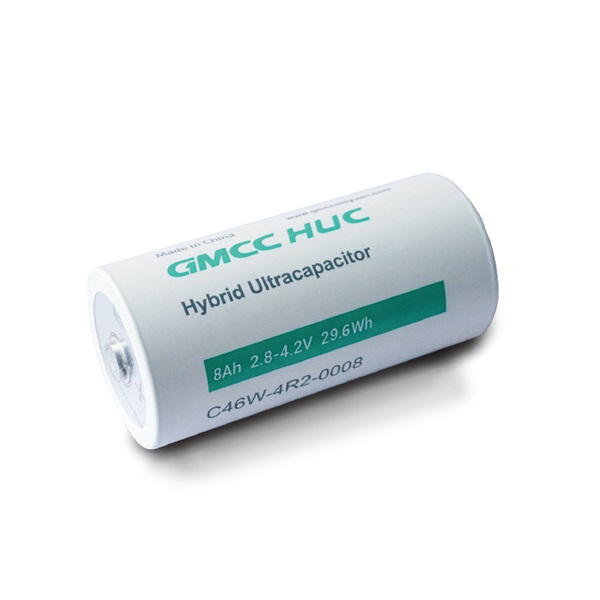Understanding well that the demand for energy storage devices will continue to grow owing to the adoption of electric mobility and increased integration of renewables into the grid, Japanese chemical manufacturing giant, Asahi Kasei has begun licensing technology for the design and manufacture of lithium-ion capacitors (LiCs) as next-generation energy storage device.
Based on its proprietary lithium pre-doping technology, the novel method enables LiCs to be manufactured at lower cost with readily available materials and equipment which are used for manufacturing lithium-ion batteries (LiBs). Dry Activated Carbon Electrode

"The LiC is a next-generation energy storage device that uses the same material as an electric double layer capacitor (EDLC) for the cathode and the same material used as LiB for the anode," Asahi Kasei said in a statement.
"As LiCs have higher input/output characteristics than LiBs, they are suited to fields where instantaneous power is needed and can be quickly recharged. Also featuring long cycle life and high safety, LiCs are expected to be used in mobility applications such as electric trams and buses which charge at each stop instead of using power from overhead lines."
The latest technology also has the potential to benefit energy storage systems (ESS) for renewable energy such as solar and wind. LiCs when used in conjunction with LiBs can extend the service life of LiB batteries, reducing its charge/discharge load. Further, it can also help in reducing both the running cost and environmental impact through less frequent replacement of LiBs – thereby generating less waste.
About Asahi Kasei low-cost pre-doping method
The traditional LiC manufacturing process is said to require expensive materials for pre-doping. Further, lithium metal being highly reactive and hazardous an additional cost is incurred in maintaining safe working environment.
The proprietary low-cost pre-doping method used by Asahi Kasei uses lithium carbonate as the source of lithium-ions, eliminating the need for expensive materials such as perforated foil and lithium metal foil.
"With this novel doping method, lithium carbonate is included in the cathode and pre-doping is performed at initial charging, when nearly all of the lithium carbonate decomposes and lithium ions transfer to the anode. This not only allows the manufacture of LiCs using materials and equipment similar to those used in the manufacture of LiBs, but also enables capacity and input/output performance to be raised by a factor of 1.3 or more (compared to Asahi Kasei's conventional LiCs)," the company added.
Asahi Kasei has already licensed the technology and will continue to offer it to other licensees to further support adoption and application development of the LiCs as next-generation energy storage device.

48v Supercapacitor The licensing covers not only Asahi Kasei's intellectual property related to LiC technology but also technical expertise such as cell design and manufacturing with pilot equipment.